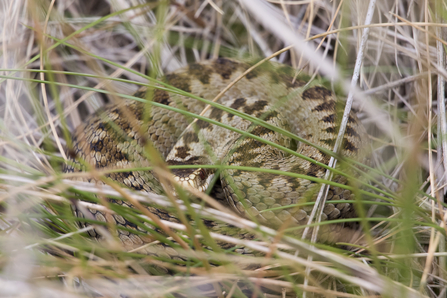From birds and butterflies to mammals and reptiles, every year volunteers, trainees and staff alike carry out hundreds of ecological surveys, collecting thousands of biological records from every major taxonomic group.
So what happens to those biological records after the survey is complete and the records are submitted: how are they processed? And how are they used to measure – and enhance – our conservation efforts across our nature reserves?
Having been out on one of our nature reserves, completing a particular survey to record a taxonomic group such as reptiles or birds, the surveyor returns to the office the completed paper form. From here, a laborious process takes place to move the data into its final databases for storage and analysis.
A standard dataflow is to digitise the survey data into an electronic version, then compile all the data for that survey for the year into a master file, upload this file to the relevant analysis database and finally upload it into Recorder 6 (our ultimate database for all records from all survey types).





